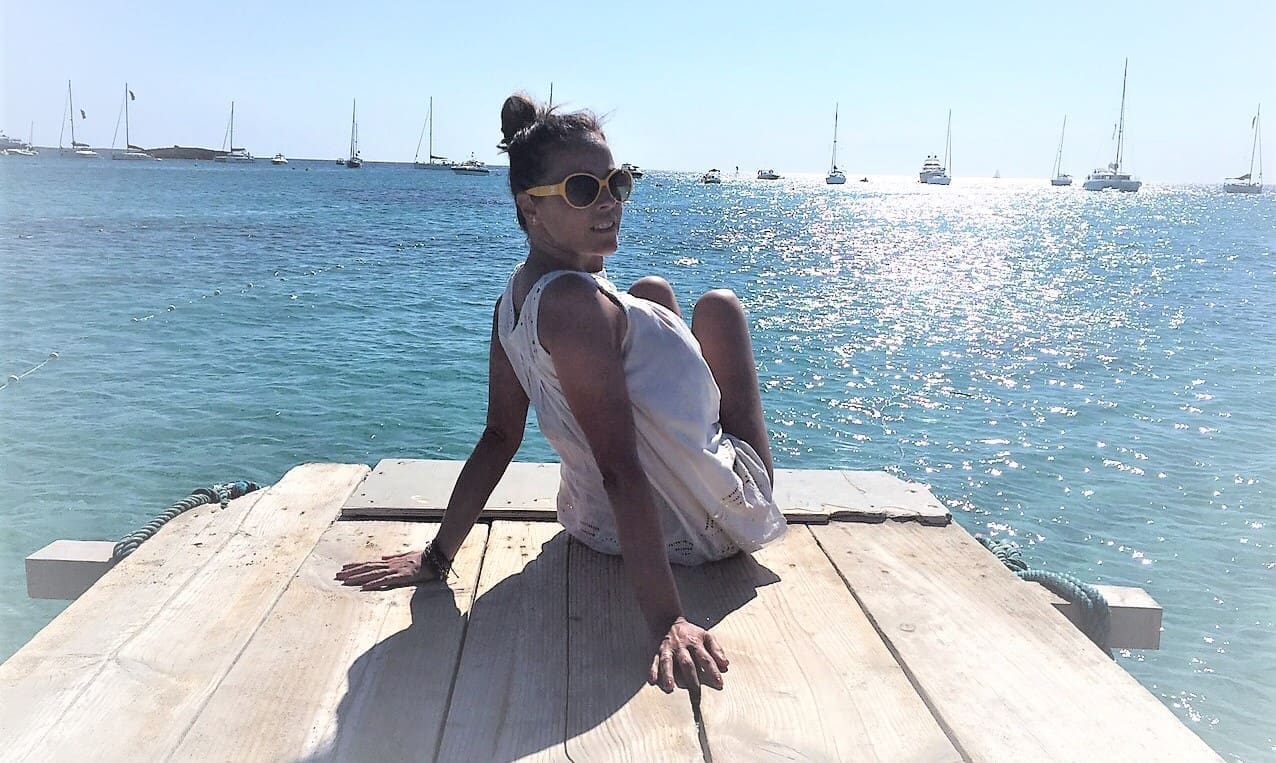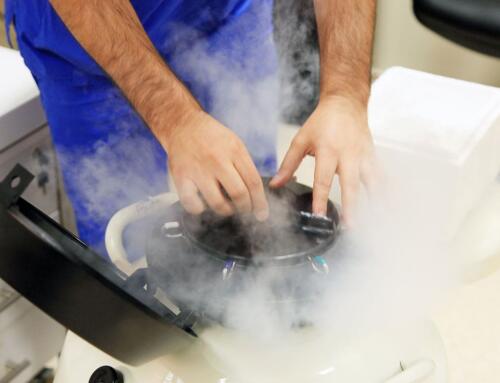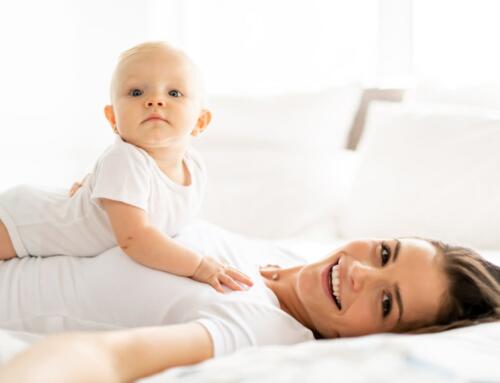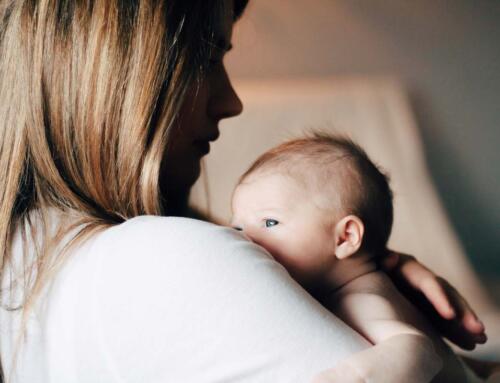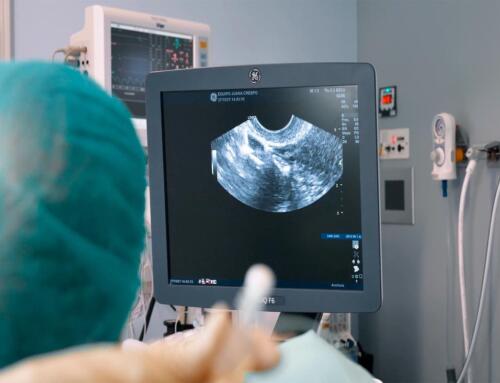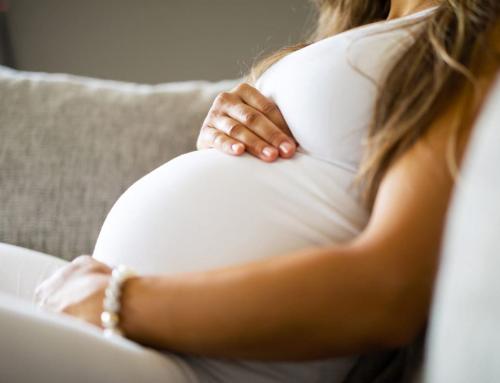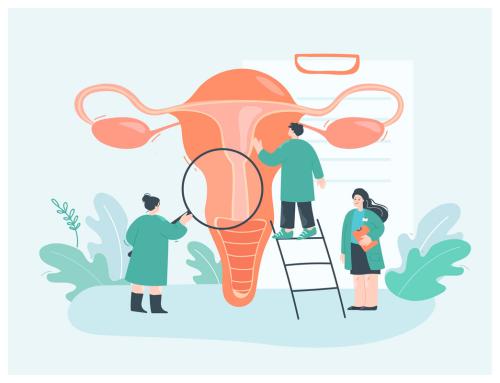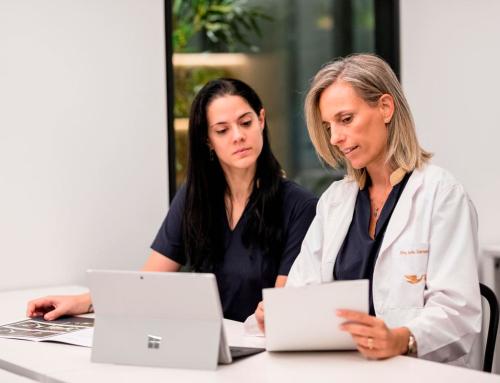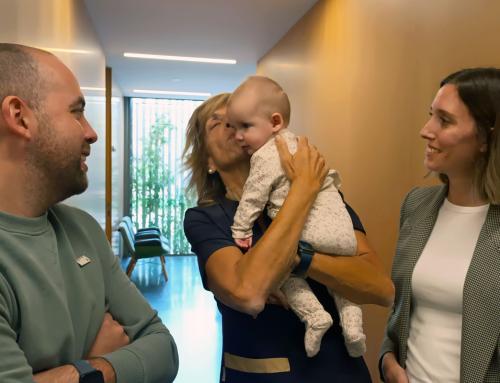Wednesday, 19 October is World Breast Cancer Day, recognising one of the most frequent tumours to affect the population. According to experts, one in eight women will suffer from this type of cancer during their lifetimes.
Fortunately, breast cancer is one of the tumours with the highest survival rate. However, when the diagnosis comes during a woman’s fertile period, many dreams and projects come to a standstill, as the passage of time and the aggressiveness of treatments are relentless for patients. This is Raquel’s story, an example of one such case.
Raquel, the girl who wanted to be a mother
Raquel is a northern girl, extremely pretty and stylish. One of those lucky types who seem to have a relatively easy life, blessed by Lady Luck. However, the second you talk to her, you sense that she harbours something special beyond her physique, the way she talks or her clothes. Intuition tells you there’s a lot more to scratch under the surface. She’s so happy because she knows how to enjoy life’s victories and radiates this inside and out.
Raquel had just turned 37 and had been trying to get pregnant for around 2 years, but it didn’t happen. Although everything seemed fine, she made an appointment to start assisted reproduction treatment through the National Health Service and was added -with her partner- to the waiting list. While waiting for the call to start the treatment -naturally full of hope and illusion-, Raquel took a hormone complex for 6 months, aimed at improving the condition of the uterus and facilitating implantation.
One day after finishing these pills, she felt a lump in her breast, and everything changed. From that day, doctors stopped talking about having children or starting a family. Words like biopsy, chemo, radiotherapy, hormone treatment and oncologist became her new normal.
“The first thing I did was imagine myself lying in a hospital bed, with a handkerchief on my head. I remembered my cousin who had died of breast cancer aged 45,” Raquel says.
Raquel couldn’t stop crying the first few days, alone and with her family. The diagnosis kept her awake at night. It was all so fast. She didn’t have time to change anything. Then the tests began, and things started to look brighter. It seemed like everything would work out fine. Raquel decided she would overcome this, one of life’s obstacles: she had to face it and win.
Goal: beat cancer
The biopsy confirmed the diagnosis, and a mastectomy was performed. Then the next steps had to be evaluated. The oncologist established a protocol that in many hospitals is the standard for women affected by a breast tumour, involving chemo or radiotherapy sessions plus hormonal treatment. They told Raquel this would require radiotherapy and hormone treatment for 10 years! Raquel’s nodes had not been affected, the operation went well, and no one seemed to consider that she was a 37-year-old woman aiming to eradicate cancer and be able to resume her life and her dreams, including enjoying the love of her partner and starting a family with him. They still wanted to be parents.
Certain hospitals commonly lack a personalised protocol for such cases. Their physicians prescribe the available therapies without considering each patient’s unique circumstances, instead adopting a single-minded approach to eradicate the disease.
No one usually mentions that such aggressive treatments can affect your fertility, making it impossible to become a mother with your own gametes. Nor that it is possible, before starting oncological treatment, to perform a controlled stimulation with an “oncological patient” protocol aimed at vitrifying the eggs or embryos so that once the disease is overcome, the woman/couple can have children with their own gametes.
Raquel sought new opinions from other doctors and all of them – after carefully evaluating her case – agreed that she didn’t need aggressive therapy.
Breast reconstructive surgery would fully fix the problem
Raquel wanted to rebuild her breast. I’d overcome it internally and externally I needed to put it behind me, to look the same as before. Her breast reconstruction was performed one year after discharge. Despite the initial visual impact, seeing herself without breasts never affected Raquel. However, she made the decision and had her breast reconstructed in three phases. First, an expander was placed. Second, the expander was replaced by a prosthesis and thirdly, the aureole and nipple were reconstructed.
“During the reconstruction, they decided to touch my healthy breast and it didn’t go well. I’ve had three operations on my healthy breast to fix it aesthetically. I’ve decided it will stay as is. I won’t undergo any more surgery to fix it. I’m happy with my body,” Raquel states.
Although not all women opt for breast reconstruction, for many it is an important process because mastectomy is essentially a double amputation: the physical amputation of the breast and the psychological amputation associated with the loss of an essential part of their femininity.
A dream come true: motherhood
After overcoming her illness, Raquel picked up her life where she left off: “I wanted to have children and was certain I’d move mountains to achieve this. I researched who was the best, so I went to Juana Crespo. Having had cancer meant I had to fight a little harder, not because of the cancer but because of what it entailed, especially the passage of time.”
Raquel finally had the opportunity to pursue her dreams and projects again, and to ignore everyone who believed that stimulation could make breast cancer return. Aged 40 and thanks to a personalized treatment strategy with a very controlled stimulation protocol and extremely carefully worked endometrial preparation, Raquel became a mother.
Looking back, she remembers what it was like to see everyone around her having children or being pregnant, and she couldn’t stop thinking: “why not me? Is it too much to ask?” Now, despite having seen her dreams of motherhood come true with her first transfer, Raquel can’t stop thinking about the women who suffer failed attempt after failed attempt, or miscarriage after miscarriage. The following message goes out to them: “There are many ways of becoming a mother. If you want it, give it everything you’ve got. No half measures.” Fight for your dreams!”


